Private Pilot Aeronautical Experience Requirements
Jul 23, 2025
So you want to know what aeronautical experience is required to become a Private Pilot? This covers the flight hours, solo and night training and the documentation related to private pilot aeronautical experience.
Main Point
-
To get a private pilot certificate you need to complete at least 40 hours of flight time, 20 hours of instruction and 10 hours of solo time, with options to reduce the total to 35 hours.
-
Cross country flight training requires at least 5 hours of solo time, including a specific flight of 150 nautical miles with 3 landings at 3 different airports, to test navigation and independent flight management.
-
Passing the practical test which includes flight maneuvers and emergency procedures is required for pilot certification and is the final step of the training.
Flight Time Requirements
Understanding the flight time requirements is the first step to becoming a private pilot.
Before starting your flight training, you must obtain a student pilot certificate, which allows you to fly solo under supervision and begin building your flight experience. According to the FAA, you need a minimum of 40 hours to get a private pilot certificate.
This ensures you have enough time in the air to build the skills and confidence.
Out of those 40 hours, at least 20 hours must be with an instructor. This instructor time is important because:
-
It covers various maneuvers
-
It includes emergency procedures
-
It teaches other skills best learned from an experienced pilot
These training flights will get you ready for real world flying scenarios and help you do well on your training flight.
In addition to the instructor time, you need a minimum of 10 hours of solo time. Solo flights are a big part of your training as it helps you build confidence and independence in the cockpit.
During these solo flights you’ll get to apply what you’ve learned, navigate on your own and handle various in-flight situations without help.
Completing an approved private pilot course at a certificated training center can reduce the total flight time to 35 hours. This reduces the total time because the approved courses are structured and intensive and cover all the skills and knowledge.
Combining instructor time with solo time gives you a well rounded and comprehensive flying experience.
This foundation will prepare you for advanced training such as cross country and night flying which will be covered in the next sections.
Cross Country Flight Training
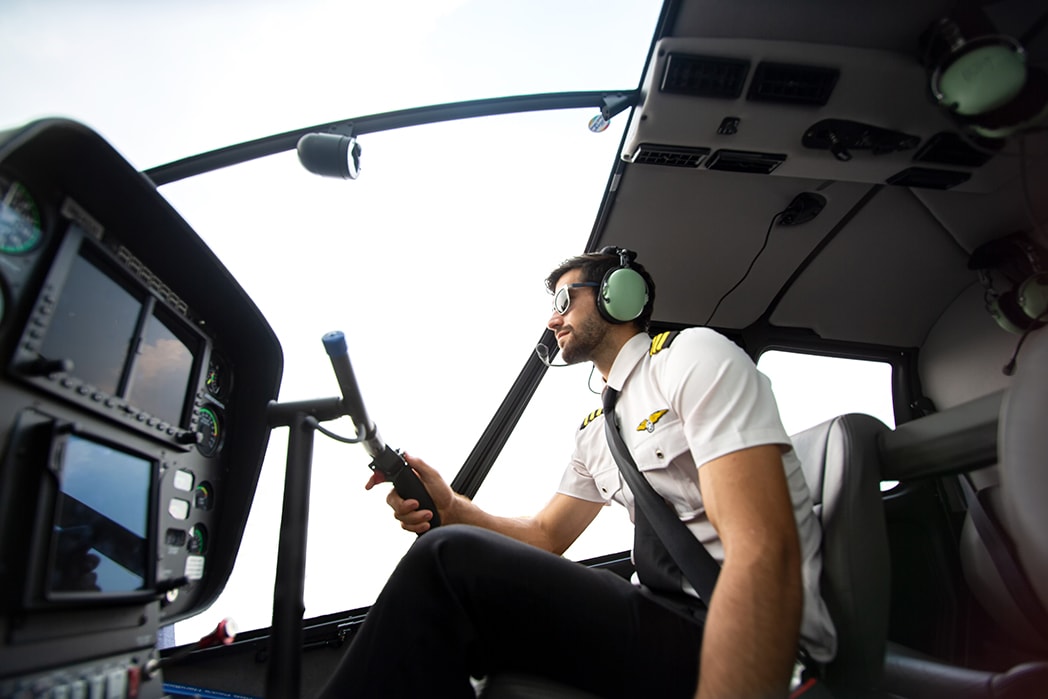
Cross country flight training is a blast and a must for becoming a private pilot. This phase is all about building your navigational skills and planning and executing longer flights. 3 hours of cross country flight instruction is the minimum.
During these flights you will learn to navigate using pilotage, dead reckoning and aeronautical charts.
In addition to the instructed cross country flight training you must complete at least 5 hours of solo cross country flight time. These solo flights are to test your ability to manage longer flights on your own, emphasis on planning and execution. Requirements are:
-
One solo cross country flight must be at least 150 nautical miles total distance.
-
This flight must include full stop landings at 3 different airports.
-
Each segment of this flight must be at least 50 nautical miles from takeoff to landing.
The experience you gain from these cross country flights is priceless.
You will see different airspace classes, talk to air traffic control, manage your flight’s fuel and time, and communicate effectively with the operating control tower at various airports.
These skills are crucial for safe and successful flights especially as you get further from your home airport.
Cross country flight training also includes at least one flight in a single engine airplane over 100 nautical miles. This longer flight helps build endurance and reinforces the navigational skills you will need for one cross country flight and more complex flying.
The mix of instructed and solo cross country flight training prepares you for the challenges of long distance flying and sets you up for further training and certification.
Night Flight Training
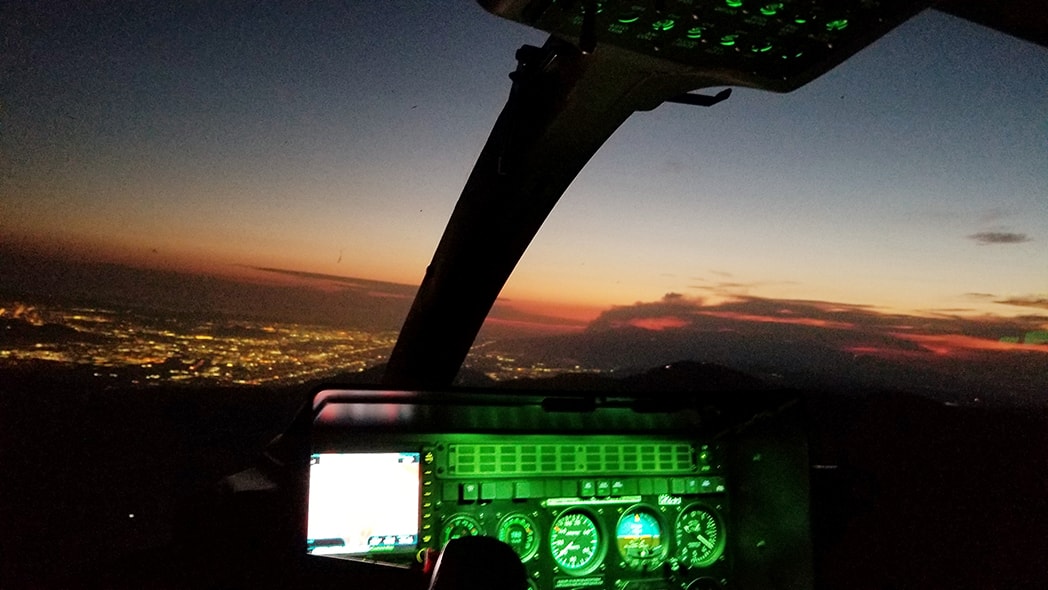
Night flight training is a thrilling aspect of your private pilot training, offering a unique perspective on flying. To qualify for a private pilot certificate, you must complete 3 hours of night flight training in a single-engine aircraft. This training equips you with the skills needed to operate an aircraft safely during nighttime conditions, presenting its own set of challenges.
Night flight training requires completing a minimum of ten takeoffs and landings involving a flight to a full stop with each landing, each executed in the traffic pattern at an airport.
These landings give you essential experience with flight in the traffic, where maintaining situational awareness and communication is especially critical at night.
These takeoffs and landings help you develop proficiency in handling the aircraft under low-light conditions, ensuring you can manage the reduced visibility and different visual cues effectively.
During night flights, navigational skills are crucial. You’ll rely more heavily on instruments and navigation systems, as visual references are limited.
This training hones your ability to use these systems effectively, ensuring you can maintain straight and level flight, navigate accurately, and handle any unusual flight attitudes.
Solo Flight Training
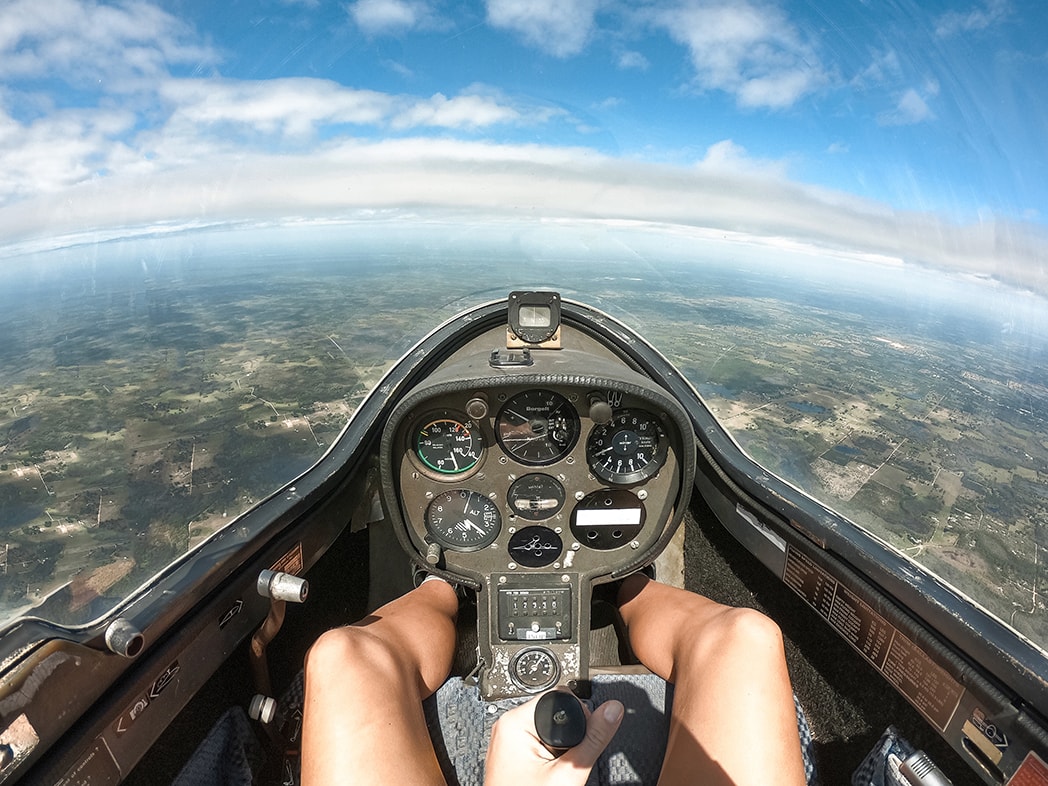
Solo flight training is a big deal in your journey to becoming a private pilot. This phase of training requires you to fly solo, using all the knowledge and skills you’ve learned so far.
Minimum of 10 hours solo in a single engine aircraft. These solo hours are to build confidence and independence in the cockpit.
Out of the 10 solo hours, at least 5 hours must be cross country flying. These solo cross country flights test your ability to plan and execute longer flights solo, emphasis on thorough preparation and precise navigation.
One of these solo cross country flights must be at least 150 nautical miles total distance, with full stop landings at 3 different airports, and the solo cross country time is a big part of this training.
These airports give you real-world exposure to managing different takeoff and landing locations, which strengthens your overall flight planning and situational awareness.
The solo cross country flight must also have a straight line distance of over 50 nautical miles from takeoff to landing.
These requirements are to give you experience in managing longer flights and navigating multiple airspace classes by yourself. Skills learned during these solo flights are key to overall pilot proficiency.
A successful solo cross country flight consisting of multiple legs and airport stops ensures you are prepared for independent navigation and flight management.
Solo flight training is not just about meeting a requirement; it’s about proving to yourself and your instructor that you can fly the aircraft by yourself.
This is a big part of your journey, preparing you for the practical test and the responsibilities of having your private pilot certificate.
Required Practical Test
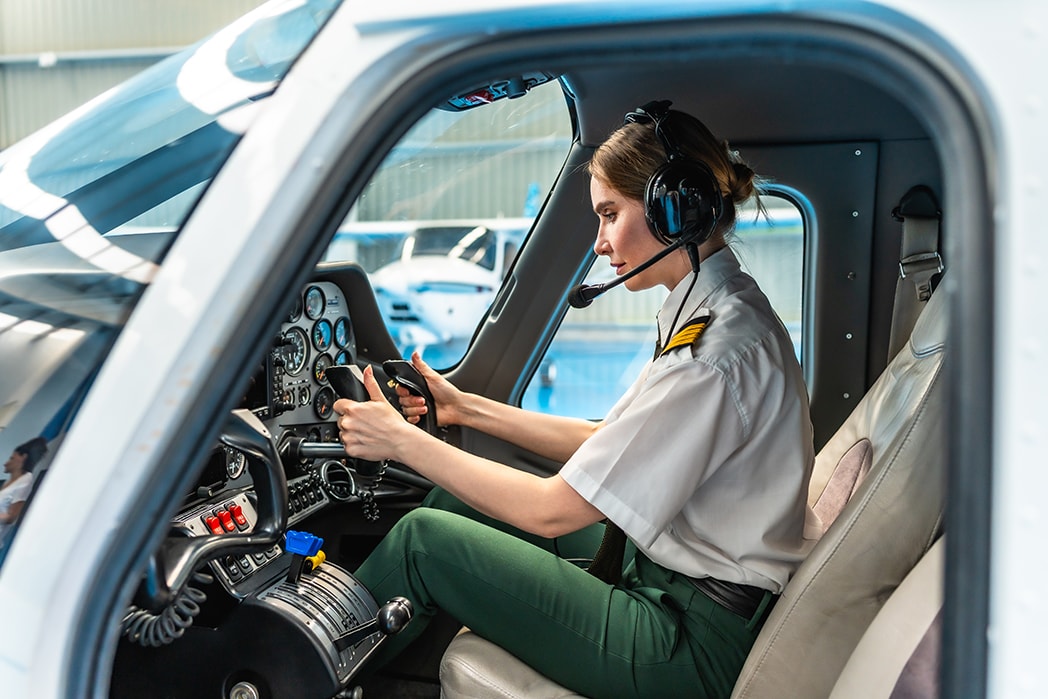
The checkride is the final step of your flight training. This test will evaluate your proficiency in various flight maneuvers required for a private pilot certificate.
You get to show off your skills and knowledge to an examiner and prove you’re ready for a private pilot certificate.
During the checkride you will be required to demonstrate proficiency in constant airspeed climbs and descents.
These basic instrument maneuvers are critical to control of the aircraft and safe flight. The test will also evaluate your ability to handle unusual flight attitudes so you’re prepared for any real world flying you may encounter.
The checkride is a comprehensive test of your abilities, from basic flight maneuvers to emergency procedures. Passing this test is a big deal, it’s the final step to becoming a private pilot.
Ground and Flight Training
Ground and flight training are the foundation of getting your private pilot certificate. Ground training covers a wide range of aeronautical knowledge areas including Federal Aviation Regulations, aircraft systems and aeronautical weather reports.
Understanding these areas is key to safe and effective flight.
Radio procedures are a big part of your aeronautical training. Good communication with air traffic control and other pilots is key to smooth and safe flight.
You must also pass a designated knowledge test within a certain timeframe before the practical test. This test tests your understanding of the theoretical aspects of flying including radio communications.
Flight training includes practical aspects such as ground reference maneuvers, basic instrument flight techniques and cross country navigation.
These training flights develop the skills needed for safe and efficient flight. Emergency procedures and traffic pattern operations are also covered so you are prepared for anything that may happen during a flight.
The practical test must include specific flight maneuvers such as cross country navigation, emergency operations and various takeoff and landing techniques. These maneuvers test your ability to handle the aircraft in different scenarios and make sure you are well prepared for real world flying.
Flight training can be credited when done in an approved flight simulator or flight training device, so you have some flexibility in meeting flight hour requirements.
This is especially helpful for practicing complex maneuvers and emergency procedures in a controlled environment and to enhance your overall training experience with a full flight simulator.
Additionally, gaining solid ground and flight training opens doors to various pilot side jobs that can help you build hours and gain practical experience.
Aeronautical Experience Documentation
You need to document your aeronautical experience to get your private pilot certificate. A logbook endorsement from an authorized instructor certifying you are ready for the practical test is required. This endorsement verifies you have completed the required training and are ready to take the practical test.
Accurate logging of ground and flight training is required by federal regulations and is key to flight safety and credibility as a pilot. Endorsements must come from an authorized instructor who has signed off on you for the practical test.
Documentation is required and helps track your progress and accomplishments throughout training.
Additional Ratings and Certificates
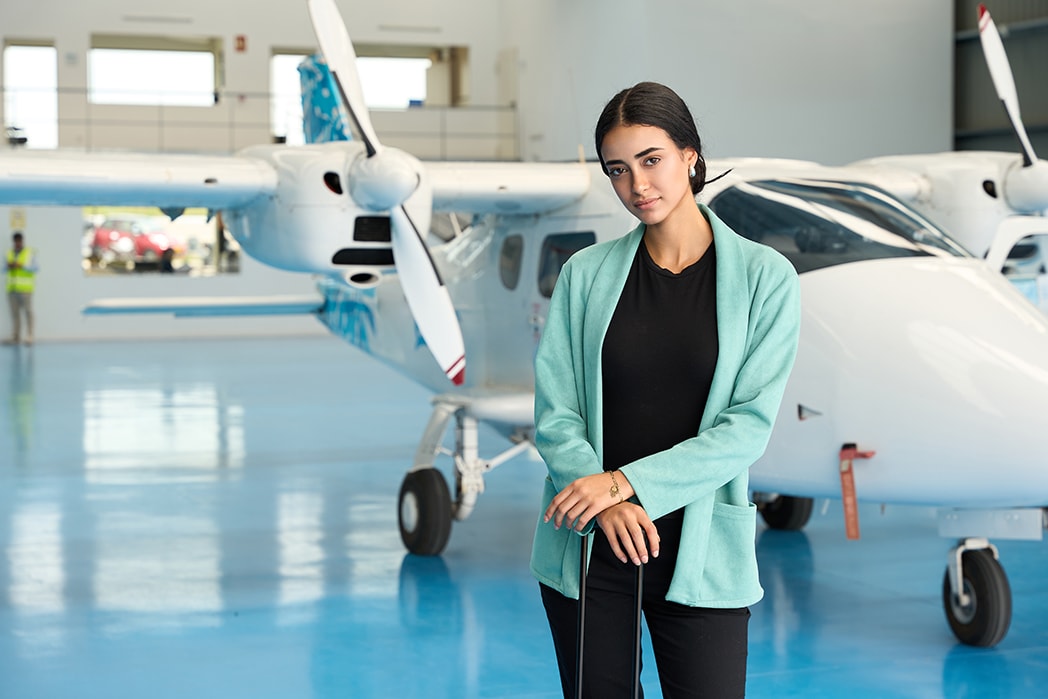
Once you have your private pilot certificate you can choose to add additional ratings and certificates to expand your private pilot privileges and flying capabilities.
Considering how many private pilots in the US pursue further certifications highlights how common and beneficial it is to enhance your skills beyond the basic license.
The Sport Pilot Certificate allows you to fly lightweight aircraft with a maximum gross weight of 1,320 pounds and requires fewer hours than a full pilot certificate. This is a great option for recreational flying.
The Recreational Pilot Certificate allows you to fly locally and only one passenger with restrictions on the aircraft horsepower. This is for those who want to fly without the commitment of a full private pilot certificate.
Pilot ratings include:
-
Type Ratings: Required for flying specific larger aircraft or those with certain engines, to ensure you meet the training and competency standards.
-
Instrument Rating: Allows you to fly in bad weather, big time!
-
Multi-Engine Rating: Can be added to your existing pilot certificate to allow you to fly aircraft with more than one engine, including an airplane multiengine rating.
Summary
Getting a private pilot certificate is a long journey of training and testing but the rewards are huge.
From understanding flight time requirements to cross country and night flight training each step is designed to build your skills and confidence. The practical test is the final hurdle where you’ll demonstrate your proficiency in various flight maneuvers.
Accurate documentation of your aeronautical experience and pursuing additional ratings and certificates can further enhance your flying abilities.
Whether you want to fly recreationally or professionally the training and certification process gives you the knowledge and skills to fly safely and enjoyably. So take the journey and let the sky be your limit.
Frequently Asked Questions
What is the minimum number of flight hours required for a private pilot certificate?
40 hours which includes 20 hours with an instructor and 10 hours solo.
What are the requirements for cross-country flight training?
Cross-country training requires 3 hours of instructional flight and 5 hours of solo cross-country time with defined distances and landing requirements. This is the minimum to be properly prepared for cross-country navigation and operations.
What does night flight training entail?
Night training requires 3 hours of instruction in a single engine aircraft with at least 10 takeoffs and landings to full stop. This is to develop proficiency in night flying.
How important is accurate documentation of aeronautical experience?
Accurate recording of aeronautical experience is required to comply with regulations and to enhance safety of flight. It provides logbook endorsements from authorized instructors to confirm you are ready for practical tests.
What additional ratings and certificates can a private pilot pursue?
A private pilot can get additional ratings such as Instrument Rating, Multi-Engine Rating and Type Ratings and the Sport and Recreational Pilot Certificates which adds to their flying skills and privileges.
